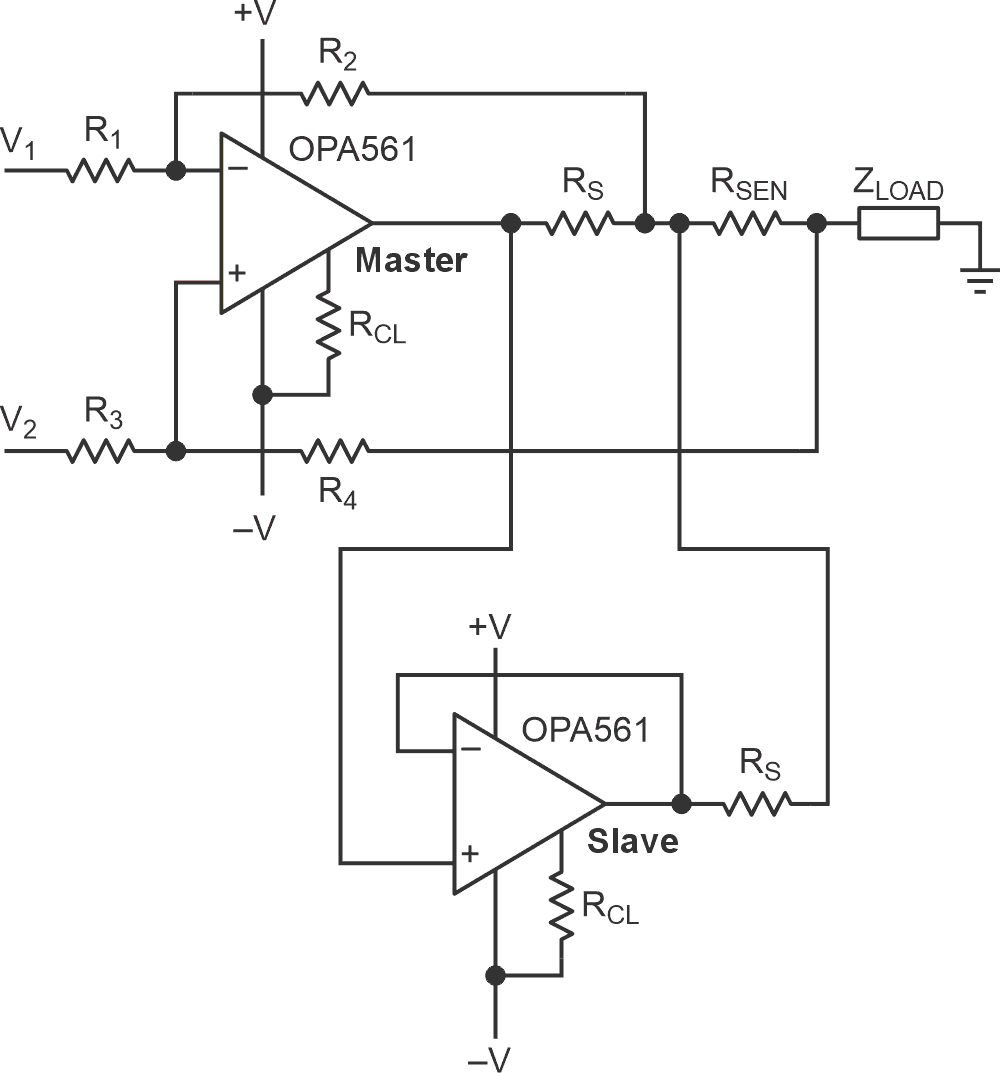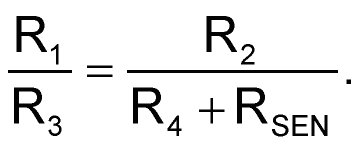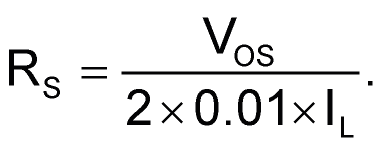Voltage to current conversion circuits can take on several forms depending on the nature of the load connections. In those cases where the load is single ended, that is one end must be connected to ground, and where bipolar current flow is required, an Improved Howland Current Pump can be the circuit of choice (Ref. 1). Sometimes the current required for the load is greater that the capabilities of a single op amp. In such a case it may be wise to consider a parallel combination of two op amps as shown in Figure 1.
 |
|
| Figure 1. | Parallel op amp enables double the current output from an Improved Howland Current Pump. |
In this circuit the master op amp operates as an Improved Howland Current Pump and the slave as a current booster. The performance of the current pump is described by:

where:

Simply connecting the output of the two amplifiers together would not work as the slave op amp will have some voltage offset and the two amplifiers would each try to pull the other to its output voltage.
In this state current would flow from one supply, through the output stage of one op amp, back into the second op amp, and on to the opposite supply. None of this current would flow through the load. This is termed circulating current. Therefore, it is necessary to include current sharing resistors (RS) in the output circuits. To determine the value of the current sharing resistors start with the fact that the output from the slave amplifier will be equal to the output of the master plus one voltage offset (VOS) in the worst case. The resistance from the output of the master to the output of the slave is two RS. A reasonable goal is to allow the circulating current to be one percent of the load current. The value of RS is then calculated by the expression:

In the circuit shown in Figure 1 it is possible to set the current limits on the op amp outputs. In this case the current limit of the slave amplifier should be set approximately 10% higher than that of the master op amp. In case of failure in the load the master amplifier will go into current limit thereby lowering its output. The slave will follow the lowered output. If the slave were set to go into current limit first the master would continue to attempt to provide the required load current. With the slave device in current limit its output would be much lower than that of the master and the circulating current would increase to possible destruction of one or both devices.
There is no limit to the number of slave amplifiers that can be associated with a master device.
In cases where the circuit breaks into oscillation start by removing the slave operational amplifier and confirm that the master stage is stable alone. Once the master stage is stable then the slave can be stabilized as necessary.